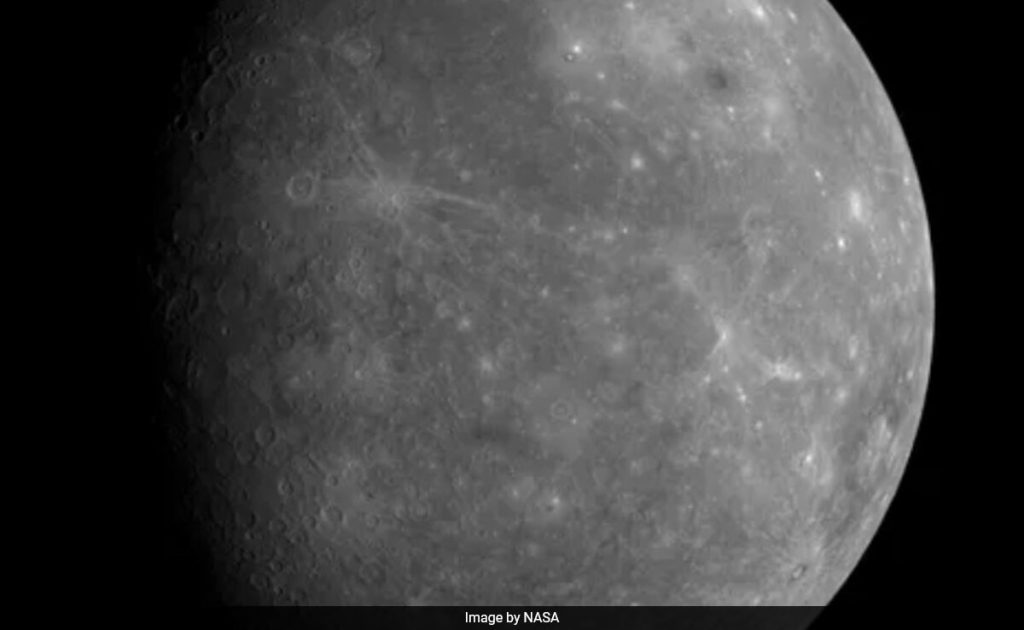Recent studies suggest that there may be a thick layer of diamonds hundreds of miles beneath Mercury’s surface, Live ScienceYanghao Lin, a staff scientist at the Center for Advanced Research in High Pressure Science and Technology in Beijing and co-author of the study, said Mercury’s extremely high carbon content “made us realize that something special might be going on inside Mercury.” The first planet in the solar system has a magnetic field, but it’s much weaker than Earth’s. In addition, NASA’s space probe MESSENGER found unusually dark areas on Mercury’s surface, which it recognized as graphite, a type of carbon.
The findings, published in the journal Nature Communications, may shed new light on the planet’s composition and unusual magnetic field.
Scientists believe that the planet, like other terrestrial planets, likely formed from a hot lava ocean that cooled. In Mercury’s case, this ocean would likely have been rich in silicates and carbon. The planet’s outer shell and middle mantle formed from residual magma that crystallized, within which metals first solidified to form the central core.
Scientists have long thought that the temperatures and pressures in the mantle were just right for carbon to form graphite, which floats to the surface because it’s lighter than the mantle. But a 2019 study revealed that Mercury’s mantle may be up to 50 kilometers (80 miles) deeper than previously thought. This would create significantly increased temperatures and pressures at the boundary between the mantle and the core, conditions that allow carbon to crystallize into diamonds.
To investigate this possibility, a team of Belgian and Chinese researchers created a chemical soup of carbon, silica, and iron. These mixtures, similar in composition to several types of meteorites, are thought to resemble the magma ocean of Mercury’s infant state. Furthermore, the researchers added different concentrations of iron sulfide to the soups. Based on Mercury’s sulfur-rich surface today, the researchers realized that the magma ocean would also be rich in sulfur.
The scientists used a multi-anvil press to crush the chemical mixture at seven gigapascals, or 70,000 times the pressure of Earth’s atmosphere at sea level. These extreme conditions are similar to those found deep inside Mercury. In addition to replicating the physical conditions under which graphite and diamonds are stable, the researchers used computer models to more precisely measure the temperature and pressure near the boundary between Mercury’s core and mantle. Lin argues that these computer simulations can provide information about the fundamental composition of the planet’s interior.
The study found that minerals like olivine likely formed in the mantle. However, the team also found that when sulfur was added, the chemical mixture only solidified at significantly higher temperatures. Diamond formation is more likely to occur under these conditions. The team’s computer model further suggested that diamonds could have formed during the solidification of Mercury’s inner core under these altered conditions. They then floated up to the inner core-mantle boundary, as the inner core was less dense than the inner core. Estimates suggest that if diamonds exist, they would typically form a layer about 15 km (9 miles) thick.
But mining these diamonds is not practical: Earth’s extremely high temperatures and their location about 485 km below the surface make it impossible. According to Lin, diamonds could help transfer heat between the mantle and the core, causing temperature differences and swirling liquid iron, which could create a magnetic field.
Today’s Featured Video
Pune road rage incident: Woman describes experience of having her hair pulled


